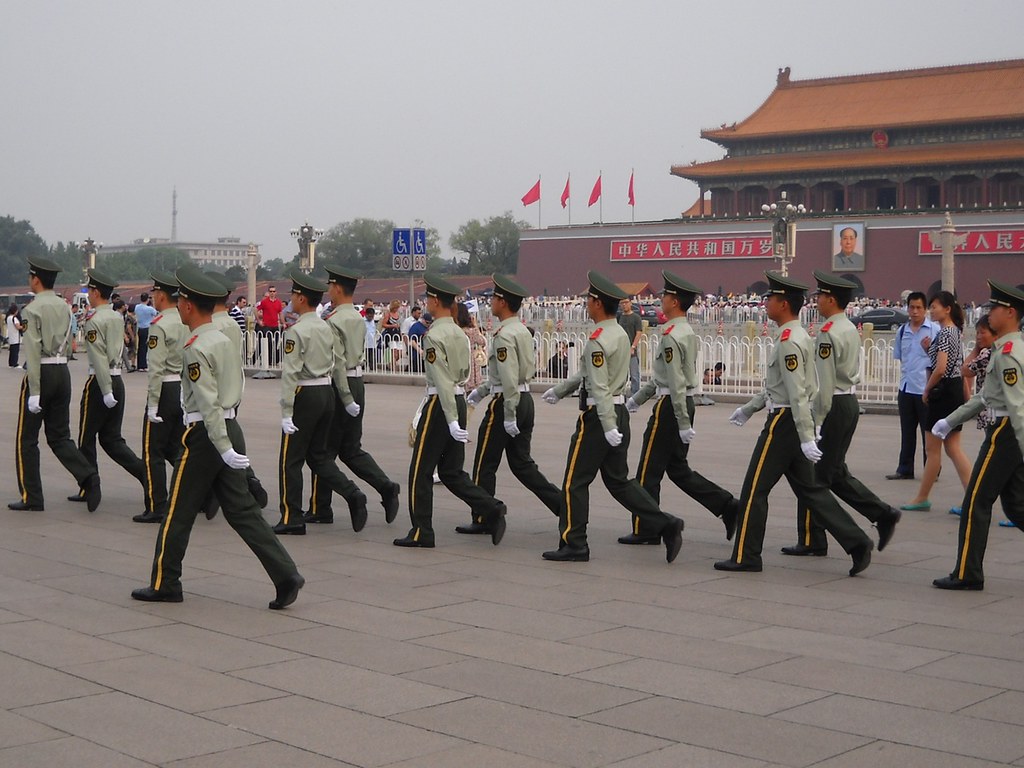Revolutionary Cosmopolitanism and its Limits
July 8, 2021

The Chinese Communist Party (CCP) celebrated its 100th anniversary on 1st July 2021. The world’s second largest political party commemorated the special occasion with national celebrations in Tiananmen Square in Beijing where Mao Zedong, the chairman of the party at the time, proclaimed the founding of the People’s Republic of China. Since the founding of the nation in 1949, the party has managed to maintain control of the government. The centennial celebration was attended by members of the party’s politburo and several prominent political leaders, and served as a platform to celebrate the party’s contributions to the People’s Republic of China.
In ‘Revolutionary Cosmopolitanism and its Limits’ (Journal of Chinese Overseas, 2020), Assistant Professor Seng Guo-Quan (NUS History) investigates how the CCP’s revolutionary cosmopolitanism developed in Southeast Asia. Dr Seng compares and contrasts the development of the party’s revolutionary cosmopolitanism in Jakarta, Singapore, and Medan, outlining the factors behind any commonalities and divergences. He argues that social structures in the diasporic community, the sequence of events during decolonization, and initiatives of local CCP leaders caused the party’s revolutionary cosmopolitanism to diverge and develop in different ways on the ground.
Before World War II, Singapore, Jakarta, and Medan were considered key hubs by the British and Dutch. All three cities were under colonial rule at that point in time and were a popular destination for Chinese immigrants from Guangdong and Fujian province. Although they shared common geographical origins, Chinese immigrants in Southeast Asia came from a multitude of backgrounds, often differing in class and culture. The variety of backgrounds proved to be an obstacle for Chinese nationalists who were tasked with uniting the overseas Chinese community to mobilize support for their homeland.
After the end of World War II, local communities in Singapore, Jakarta, and Medan resisted British and Dutch colonial rule. Tensions increased in the region as a result of nationalist struggles against the returning colonial powers. Dr Seng notes that it was this political landscape that led to the formation of the CCP’s dual-revolutionary movement. CCP propagandists travelled to Southeast Asia to garner support from the overseas Chinese community for its revolutionary movement at home. At the same time, these propagandists developed a second objective in Southeast Asia. They aimed to cultivate anti-colonial sentiment in the Chinese community. The dual objectives of the CCP propagandists are known as the party’s revolutionary cosmopolitanism.
The CCP’s intellectual cadres started with common objectives. However, Dr Seng points out that the development of the revolutionary cosmopolitanism differed on the ground in Singapore, Jakarta, and Medan. Jakarta’s CCP eventually adopted a neutral position, while Singapore’s CCP championed a moderate anti-colonial Malayan nationalism, and Medan’s CCP took a radical, non-assimilationist position. Dr Seng’s comparative examination of Singapore, Jakarta, and Medan elucidates the factors behind these developments and differences.
Read the article here!
